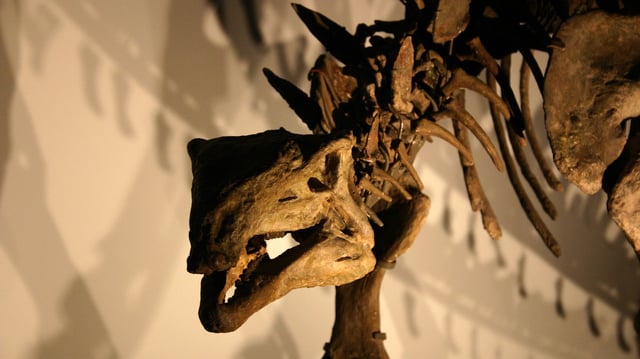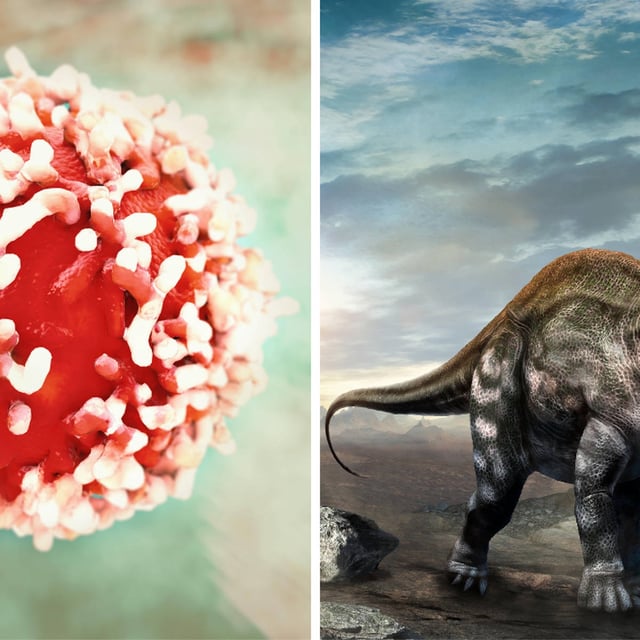Overview
- Researchers from Anglia Ruskin University and Imperial College London drilled into a Telmatosaurus transsylvanicus jaw fossil from Romania and used scanning electron microscopy to reveal low-density structures resembling red blood cells within an ameloblastoma tumor.
- The soft-tissue proteins uncovered have endured 66–70 million years, overturning assumptions about molecular preservation in ancient fossils.
- The dinosaur’s benign jaw tumor mirrors human ameloblastoma, offering a unique parallel for comparing ancient and modern cancer development.
- Published this week in the journal Biology, the findings cap a nearly decade-long interdisciplinary effort involving paleontologists and cancer specialists.
- Scientists say the discovery could illuminate cancer’s molecular evolution and inspire innovative directions in future treatment research.



